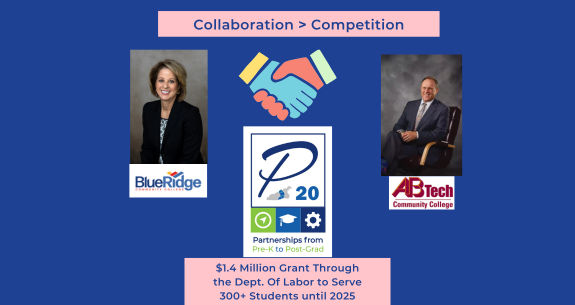In the first quarter of 2024, we enrolled 70 individuals in education and training programs through our federally-funded program Project Collaborate. One unique feature of this project is that it has a regional focus that includes partnering with not just one but two community colleges. Asheville-Buncombe Technical Community College (A-B Tech) and Blue Ridge Community College collectively serve all four counties in the Land of Sky region (Buncombe, Henderson, Madison, and Transylvania). This partnership, funded by a $1.4M grant from the U.S. Department of Labor (DOL), is the first time that our region’s two community colleges have collaborated on a project in this way. A-B Tech and Blue Ridge are directly serving students in pathways that will lead to credentials in high-wage, high-demand careers such as mechanical engineering technology, construction, electricity, industrial systems, manufacturing, and welding. Staff from the Land of Sky P20 Council, which is part of Land of Sky Regional Council, oversee and manage the project.
Project Collaborate is funded through the Workforce Opportunity for Rural Communities (WORC) initiative through the DOL’s Employment and Training Administration. The program’s purpose is:
to fund grants that support economic mobility, address historic inequities for marginalized communities of color and other underserved and underrepresented communities, and produce high-quality employment outcomes for workers who live or work in the Appalachian, Delta, and Northern Border regions, enabling them to remain and thrive in these communities.
Let’s look at this purpose one section at a time to see how well our project’s performance for the first quarter of 2024 is aligned with these goals.
Serving Rural Communities
Let’s begin by considering the geographic goal. Western North Carolina is part of the Appalachian region, and most of the counties in Appalachia are considered rural. Two of the four counties in the Land of Sky region are suburban (Buncombe and Henderson), and two are rural (Madison and Transylvania). The NC Rural Center has a map of all 100 counties in NC that indicates whether they are urban, suburban, or rural.
According to the NC Rural Center’s publication Forces Driving Change in Rural North Carolina, rural counties are more likely to have higher rates of food insecurity and drug overdoses and a higher gender wage gap than their urban counterparts, and they are more likely to be economically distressed and to have lower rates of health insurance coverage. The report also mentions the effects of intersectionality: rural people of color have higher poverty rates than white rural residents, and the gender wage gap in rural counties is highest among Black and Hispanic women.
In Q1 of 2024, our students came from 6 counties in NC, and one 1 county in SC. Of those 7 counties, only Buncombe and Henderson are suburban, and the rest are rural. So, that means that 18.7%, or about 1 out of 5, of the individuals we served last quarter were from rural counties.
While not a direct comparison, since some of our students came from counties outside of the Land of Sky region, we can compare the percentage of our students from rural counties (18.7%) to the percentage of the population that lives in rural counties in the Land of Sky region plus Haywood County (23%), according to the report Racial Disparity in the Land of Sky Region. These data suggest we have some work to do to recruit more rural students.
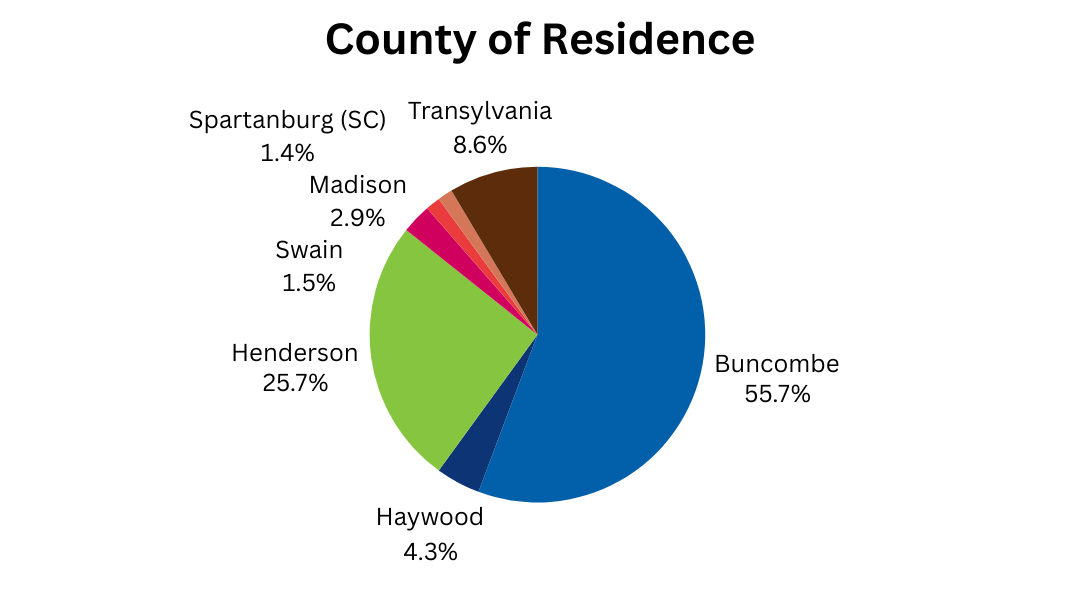
Supporting Economic Mobility
Next, let’s look at how well we are doing with our goal of supporting economic mobility. Economic mobility is usually defined as the changes in a person’s income over time, and those changes can either follow an upward or a downward trend at different periods in that person’s lifetime. One of the goals of the WORC initiative, and of Project Collaborate, is to support upward economic mobility, which means that individuals will be earning more money after completing their education and training compared to their earnings when they entered the program.
To that end, we carefully selected the education and training programs that are available in Project Collaborate by researching labor market data and only including opportunities that are in high-demand and that lead to high wages (see the section on Labor Market Information on the project’s page here). We will not be able to assess whether we are meeting this goal until we obtain and analyze employment and earnings data after students have completed their education and training programs. Stay tuned as we report on these outcomes in the next year-and-a-half.
Addressing Historic Inequities for Marginalized Communities of Color and Other Underserved and Underrepresented Communities
To assess how well we are attaining this goal, we need to look at a lot of demographic data (we are grateful to our students for their willingness to provide all these details!). The guidance for the WORC initiative includes many different groups of people in the definitions applicable to this goal:
individuals requiring adult basic and other education programs, individuals with disabilities, veterans, individuals with Limited English Proficiency, and individuals impacted by substance misuse. . . people of color; immigrants and refugees; individuals with disabilities; individuals who were formerly incarcerated; and lesbian, gay, bisexual, transgender, queer (LGBTQ+) individuals.
The charts below show the distribution of our students in many of these categories, including sex, disability status, ethnicity and race, employment status, English-language learner status, ex-offender status, LGBTQ+ status, migrants and seasonal farmworkers, and homeless individuals. Unless otherwise cited, comparison demographic data provided for the region is from the report Racial Disparity in the Land of Sky Region.
Sex
Ten percent of the students we enrolled last quarter identified as female. Those students satisfy this part of our goal since they are all obtaining education and training in engineering technology and skilled trades, occupations in which women have been historically underrepresented. Additionally, the gender pay gap is well-documented, with current research from DOL showing women, on average, make 16% less than men (or $0.84 for every $1 made by a man). Again, intersectionality matters. When we look at both gender and race, the data show even starker disparities: the gap is higher for Black women (31%) and even higher still for Hispanic women (43%).
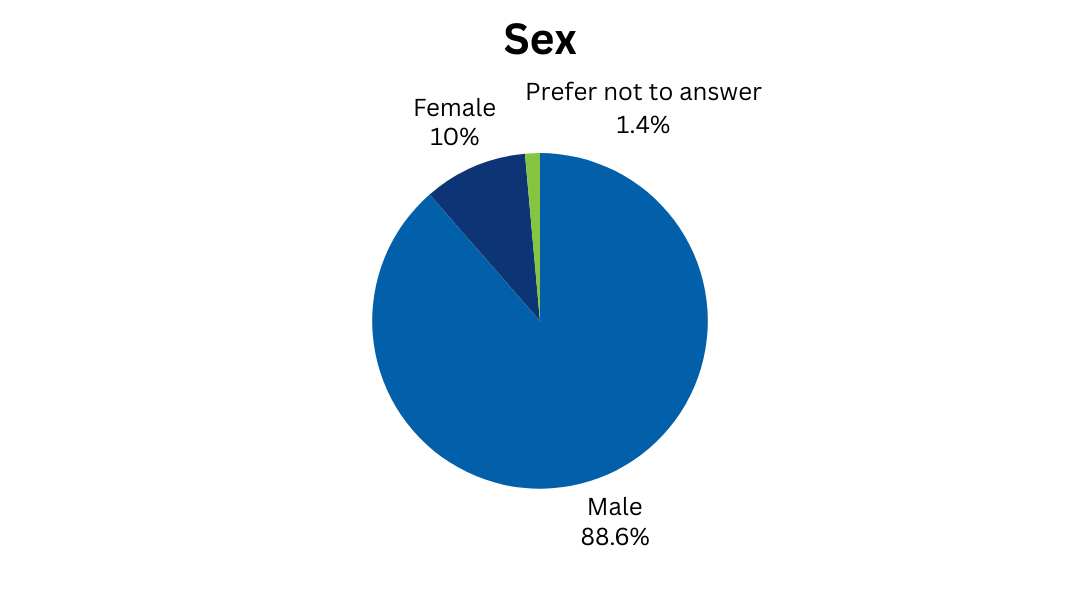
Individuals with Disabilities
People with disabilities face numerous barriers to employment and, as these DOL statistics show, historically have lower labor force participation rates and higher unemployment rates compared to non-disabled persons.
Just over 17% of the workers we enrolled last quarter identified as having a disability. That’s about 1 out of 5 people that we served. The percentages of the population reporting a disability in the Land of Sky region are higher than the average for the state of North Carolina for every racial group and range from 13.6% in Buncombe County to 16.8% in Madison County. Our population of students is more disabled than the average for our region. This data suggest that we are meeting our goal of serving people with disabilities.
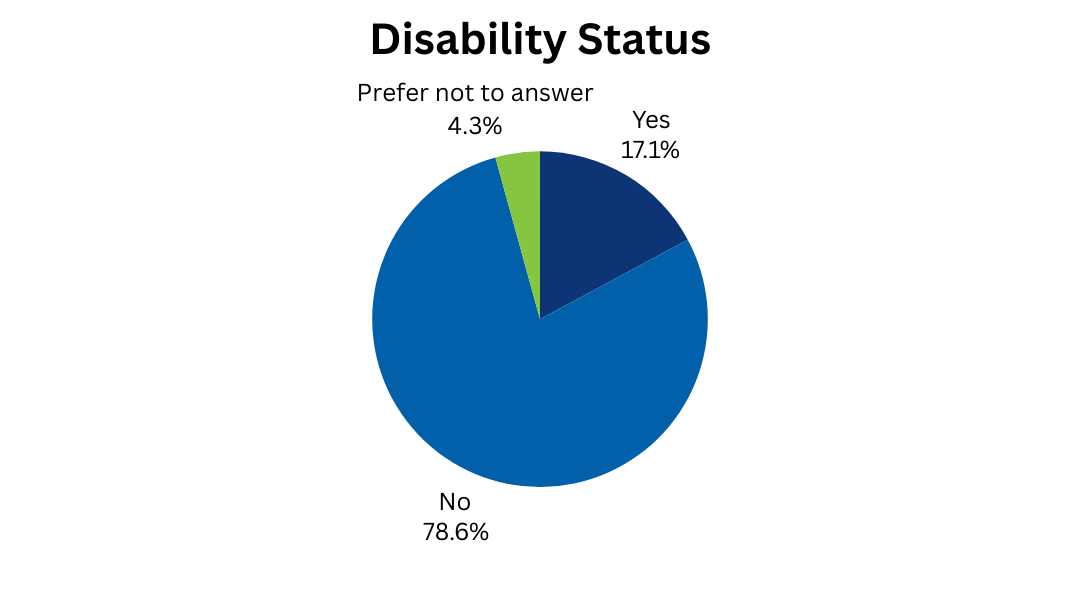
People of Color
Of the workers we enrolled last quarter, 14.3%, or about 1 out of 6 people, identified as Hispanic/Latino. This rate is higher than the percentage of the population in the Land of Sky region that identifies as Hispanic, which ranges from 2.4% in Madison County to 10.1% in Henderson County.
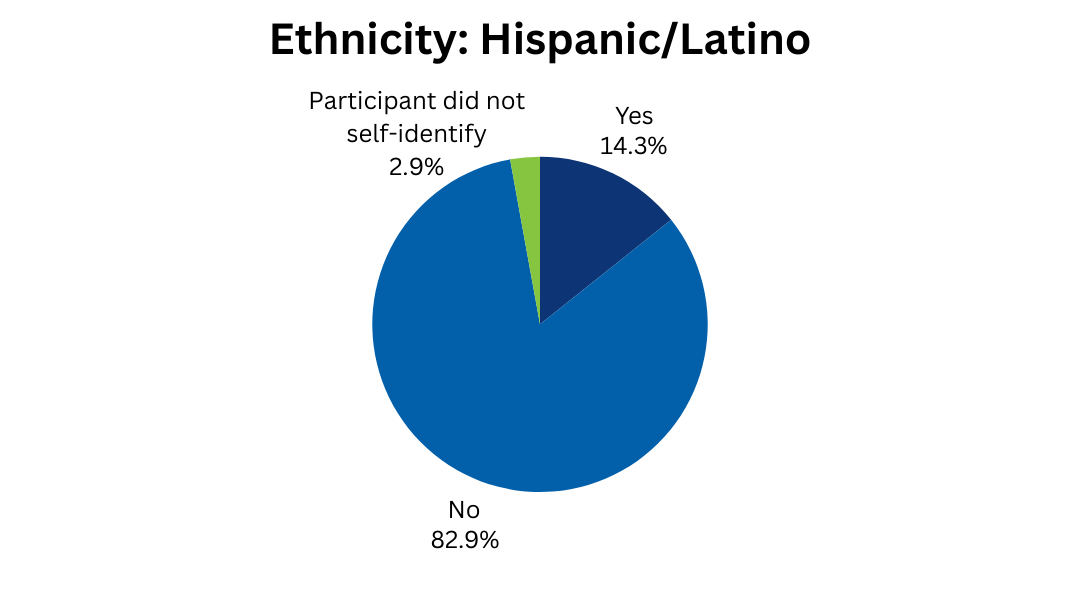
A little less than 1 out of 10 of our students (8.6%) identified as Black / African American. This percentage is higher than the percentage of the population in the Land of Sky region that identifies as Black, which ranges from 1.7% in Madison County to 6.3% in Buncombe County.
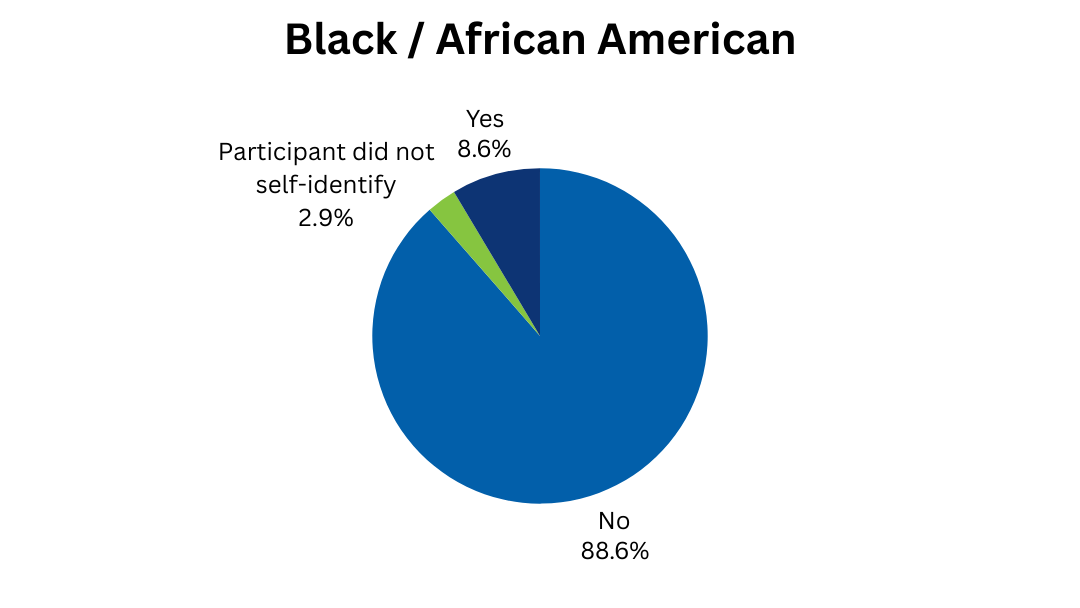
One student identified as Native Hawaiian / Other Pacific Islander, and none of our students identified as Asian or American Indian / Alaska Native.
Overall, the percentages of people of color in the Land of Sky region range from 4.4% (Madison County) to 11.2% (Buncombe County). Our population of students in the first quarter of this year comprised 24.3% who did not identify as white. That means that the percentage of our group of students who identify as a person of color is significantly higher than the average for our region, and this data suggest that we are meeting the goal of serving people of color.
Unemployed Individuals
In January of 2024, when we enrolled this group of students, the unemployment rate in the Land of Sky region ranged from a low of 2.8% in Buncombe County to a high of 3.4% in Transylvania County (according to NC Commerce data here). Of the students we enrolled in Project Collaborate last quarter, 5.7% identified as unemployed. This rate is more than double the unemployment rate in Buncombe County at the time, and it is also higher than the highest unemployment rate in any of our counties.
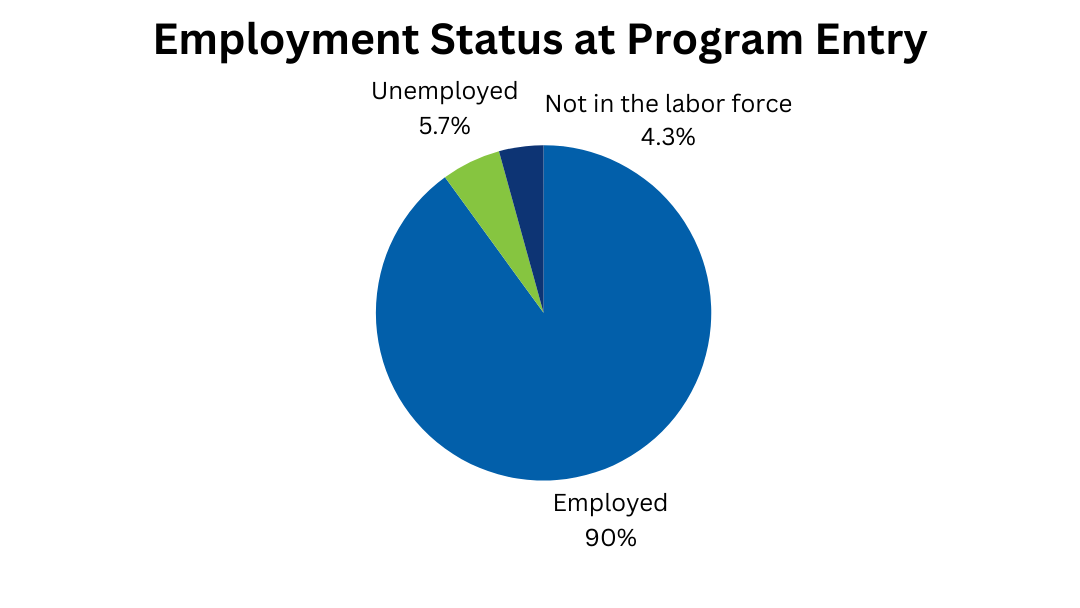
Individuals with Limited English Proficiency
More than 1 out of 10 students (11.4%) who enrolled in Project Collaborate last quarter identified as English language learners. English language learners (ELLs) face numerous barriers to education and employment, often including limited financial resources such that they cannot afford to work through English-language instruction up to an advanced proficiency level before getting a job or before entering education or training to prepare them for a high-paying job. While their unemployment rate is lower than the native-born adult population in the U.S., they are overrepresented in entry-level, low-wage jobs (according to the Literacy Information and Communication System [LINCS] report Preparing English Learners for Work and Career Pathways.)
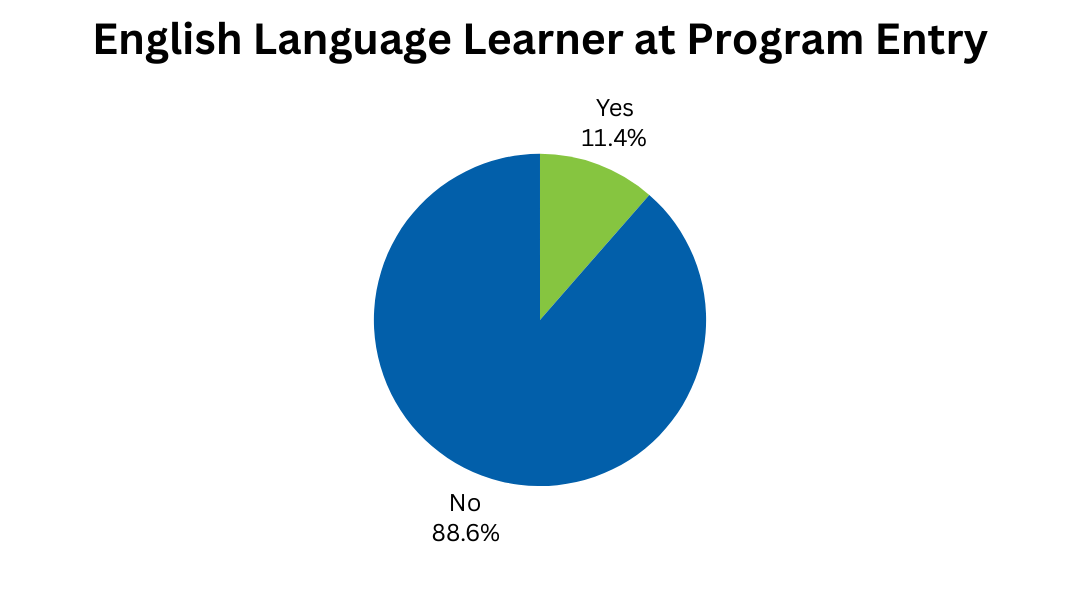
Formerly Incarcerated Individuals
Exactly 10% of the students we enrolled in Project Collaborate last quarter identified as ex-offenders and another 5.7% chose not to disclose their ex-offender status. Formerly incarcerated individuals are much less likely to be employed one year after release and to have much lower wages compared to all workers (according to NC Department of Commerce’s Labor and Economic Analysis article Insights on Post-Prison Employment from the NC Reentry Outcome Reporting System).
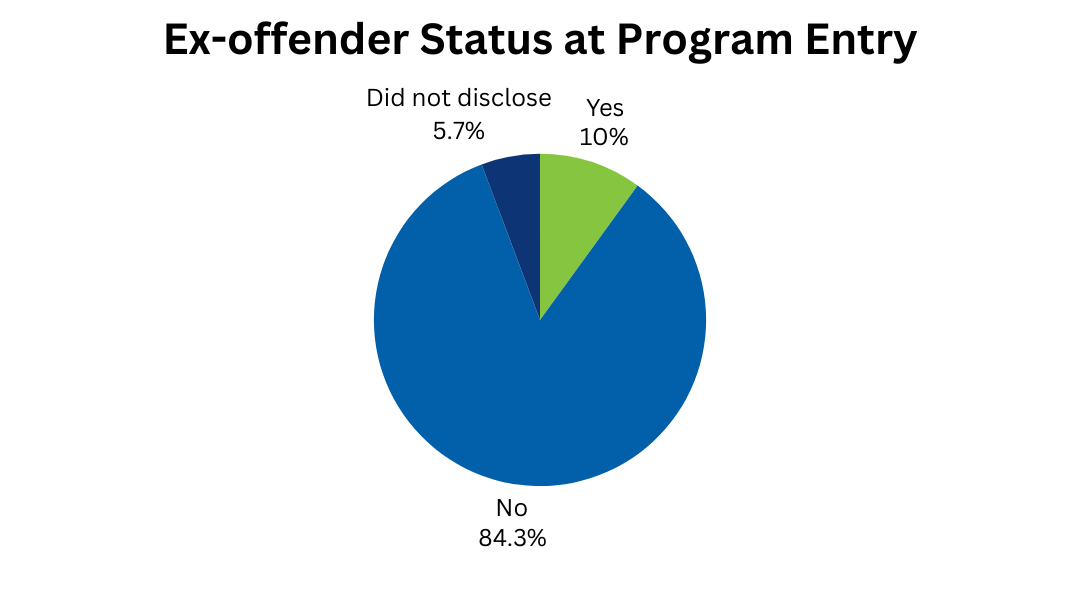
Lesbian, Gay, Bisexual, Transgender, and Queer Individuals (LGBTQ+)
One out of ten (10%) of the students who enrolled in Project Collaborate last quarter identified as LGBTQIA and another 12.9% chose not to disclose their status. LGBT individuals experience numerous barriers to economic security and are more likely than non-LGBT individuals to work in low-wage jobs, to live in poverty (21.6% compared to 15.7% for cisgender straight individuals), and to be unemployed (according to the Center for American Progress).
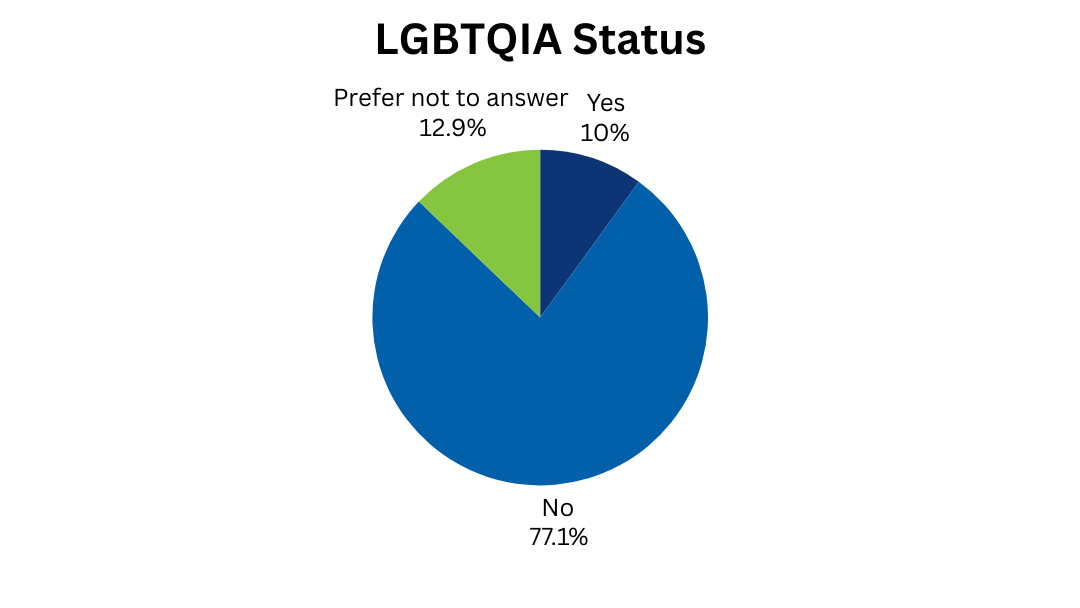
Migrants and Seasonal Farmworkers
About 1 out of 20 (5.7%) of the students who enrolled in Project Collaborate last quarter identified as migrants or seasonal farmworkers. This population faces numerous barriers, according to the Rural Health Information Hub, including poverty, lack of transportation, language and cultural barriers, and dangerous work conditions.
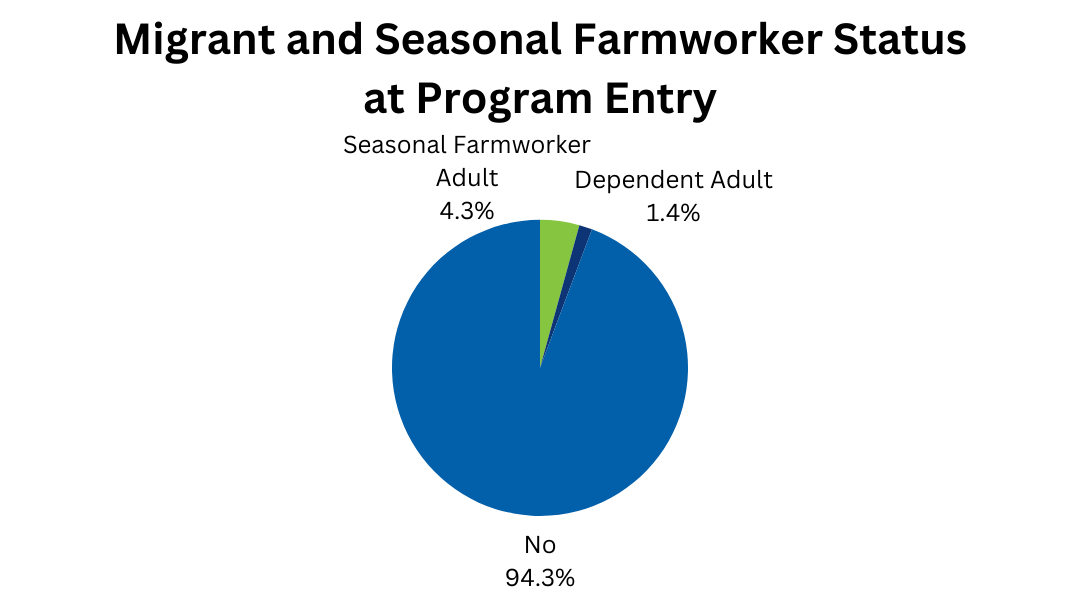
Homeless Individuals
About 1 out of 20 (5.7%) of the students who enrolled in Project Collaborate last quarter identified as homeless. The National Alliance to End Homelessness lists many barriers to employment for individuals experiencing homelessness, including physical and mental health challenges. The effects of intersectionality are present here as well. The U.S. Interagency Council on Homelessness reports that people of color are overrepresented in the homeless population (meaning they make up a greater share of the homeless population than they do of the whole population).
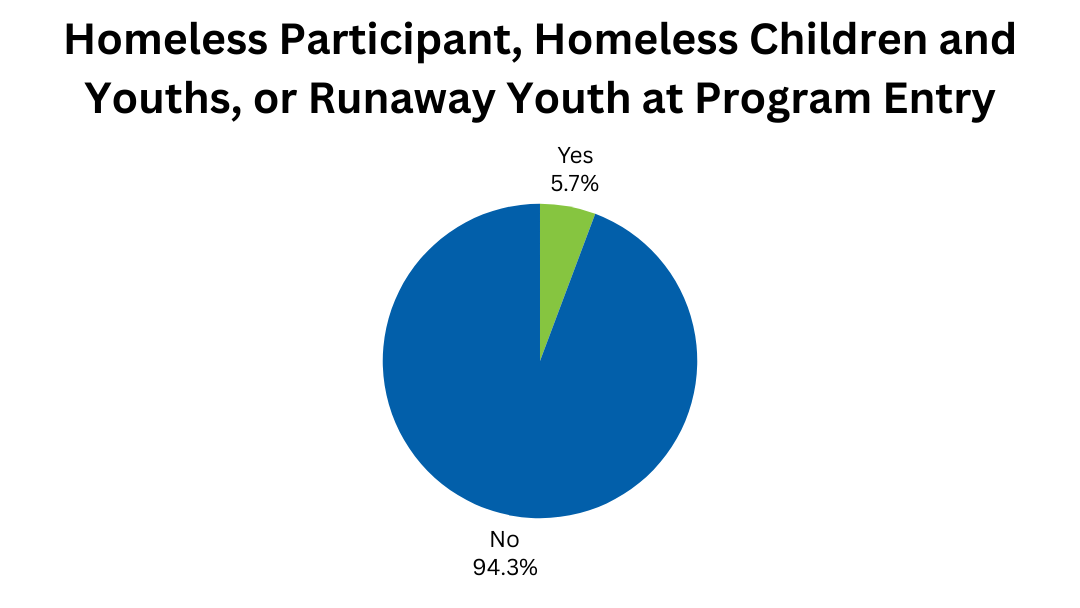
While the data in the categories above show that we have enrolled individuals in many different “marginalized communities of color and other underserved and underrepresented communities,” we will not be able to assess whether we are meeting the goal of “addressing historic inequities” until we obtain and analyze employment and earnings data after students have completed their education and training programs. Stay tuned as we report on these outcomes in the next year-and-a-half.
This project is 100% supported by the Employment and Training Administration (ETA) of the U.S. Department of Labor as part of an award totaling $1,441,125 to Land of Sky Regional Council from the Workforce Opportunity for Rural Communities (WORC) grant initiative. The contents are those of the author(s) and do not necessarily represent the official views of, nor an endorsement, by ETA, DOL, or the U.S. Government. For more information, please visit DOL.gov.
The WORC Initiative, which is a partnership between ETA, the Appalachian Regional Commission (ARC), the Delta Regional Commission (DRA), and (starting with WORC round 5 in 2023) the Northern Border Regional Commission (NBRC), funds grant projects within the Appalachian, Lower Mississippi Delta, and Northern Border regions. These grants are designed to address the employment and training needs of the local and regional workforce, created in collaboration with community partners and aligned with existing economic and workforce development plans and strategies.
Project Collaborate is an equal opportunity program. Auxiliary aids and services are available upon request to individuals with disabilities.
